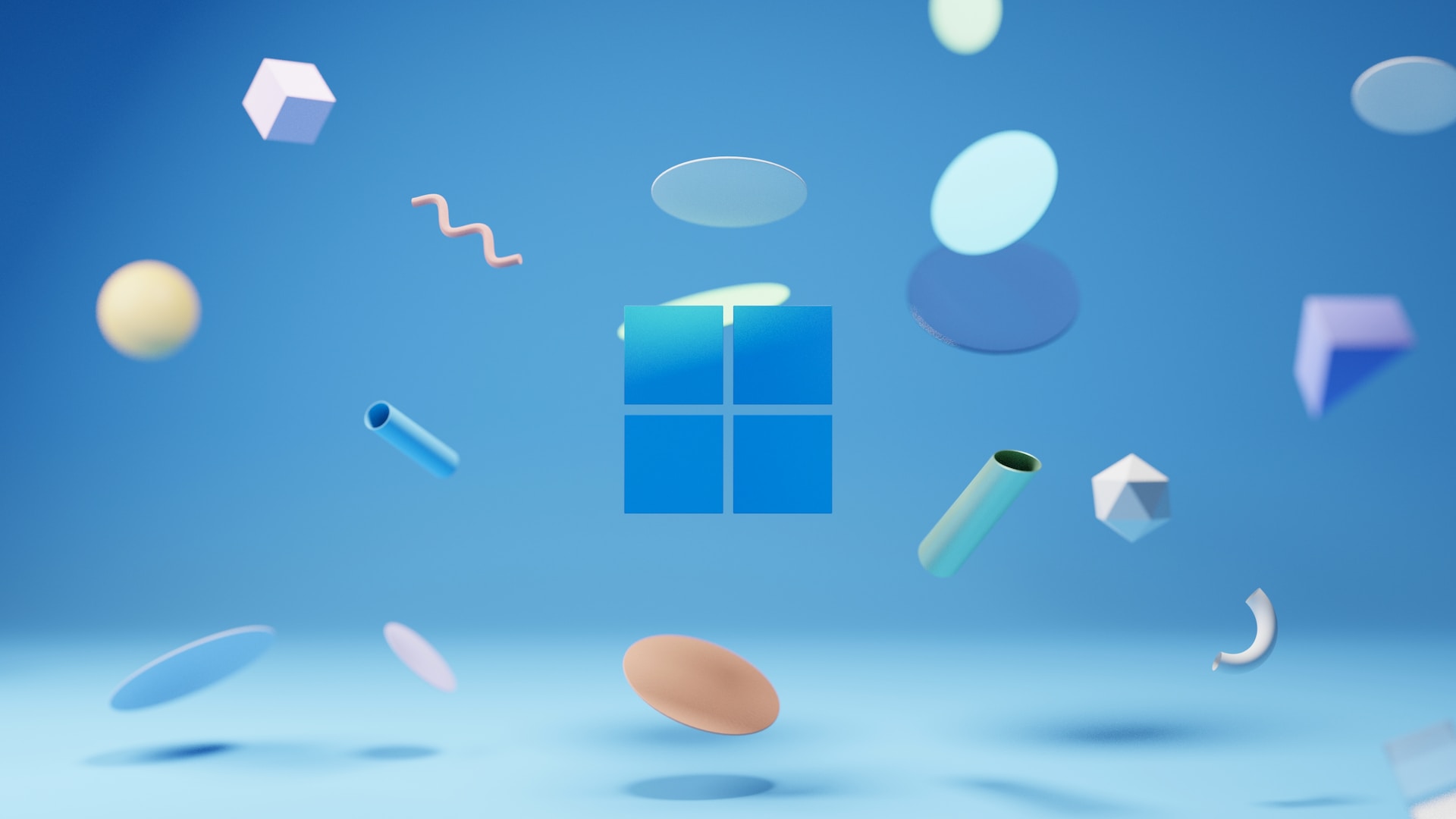In an age where the digital canvas has become as crucial as the physical one, Provector emerges as a beacon for designers. As a journalist with an eye for cutting-edge tools, I’ve seen my fair share of vector graphic tools. Yet, there’s something refreshingly different about Provector. This browser-based vector drawing tool isn’t just another entry in a saturated market; it’s a statement—a testament to the power of combining simplicity with sophistication.
The Genesis of Provector
Provector’s journey began in 2021, conceived by a developer with a designer’s heart. This dual expertise is evident in every aspect of Provector. It isn’t just a tool; it’s a designer’s ally, crafted to deliver technical precision in illustrations with a user interface that’s intuitive and accessible.
A Designer’s Dream Palette
In the realm of vector graphics, Provector stands out for its commitment to functionality without the fluff. It brings CAD-level object snaps to the table, making it a precise tool for detailed designs. It doesn’t just stop there—advanced path editing, anchor point finesse, and live corner capabilities are just some of the features that elevate it from good to exceptional.
Browser-Based Brilliance
The fact that Provector runs smoothly in modern browsers is nothing short of revolutionary. This freedom from the shackles of heavyweight software means designers can dive into their work with just a few clicks, without any financial barriers. The implication? Creativity is democratized; it’s accessible to all, from professionals to hobbyists.
Advanced Tools for the Detail-Oriented
Provector’s advanced path tools—like the pen tool and shape builder—are akin to a painter’s finest brushes. These are complemented by commands that allow designers to offset paths, outline strokes, and smooth paths with a level of control that rivals industry giants.
The Power of Precision
Precision is not just a feature; it’s the core of Provector. Object snaps at CAD levels ensure that curves, midpoints, and tangents are no longer just mathematical concepts but tangible elements in a designer’s artwork. This precision extends to the drag-and-drop functionality, allowing for seamless integration of images from various sources.
Typography at Your Fingertips
Designers know the power of typography, and with Provector, accessing local fonts is a breeze. This might seem like a minor feature, but it’s a game-changer for designers keen on typography, allowing them to bring their unique vision to life without cumbersome plugins.
Getting Started with Provector
Ease of entry is a standout feature of Provector. Whether you’re a seasoned user of vector tools or a beginner, the transition to Provector is seamless. Its documentation is a trove of knowledge, guiding newcomers through the process with the wisdom of an expert tutor.
Community-Driven Development
Provector isn’t just a tool; it’s a conversation. The developers actively seek out user feedback, striving to sculpt Provector into the most user-centric design tool out there. This openness to user input is a refreshing approach that ensures Provector evolves in tandem with its users’ needs.
Conclusion: The Future of Vector Design
As a journalist, I’ve seen many products promise much but deliver little. Provector, however, stands as a testament to what happens when a tool is developed not just with code, but with heart. It’s an invitation to the design community to reimagine what’s possible.
In conclusion, Provector isn’t just another vector tool; it’s a revolution in the digital design space. With its blend of advanced features and user-centric design, it’s poised to become a staple for designers around the world. It’s not just about drawing vectors; it’s about crafting the future of design.
To experience Provector and let your creativity flow, visit their website and witness the evolution of vector graphic design.









